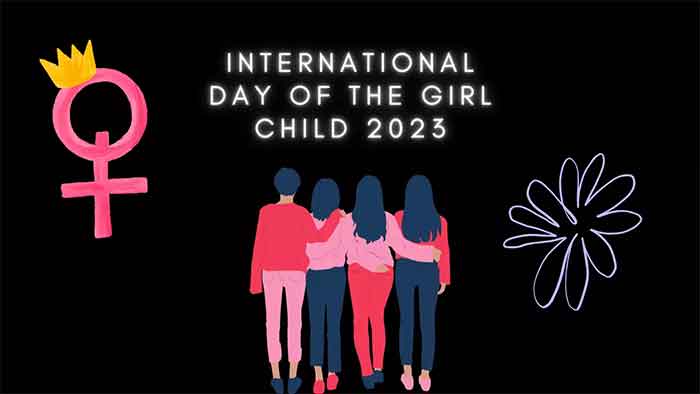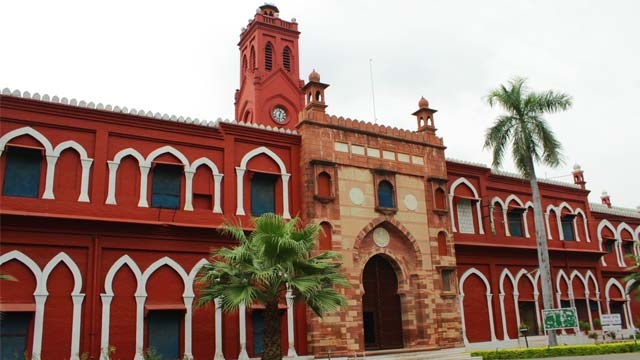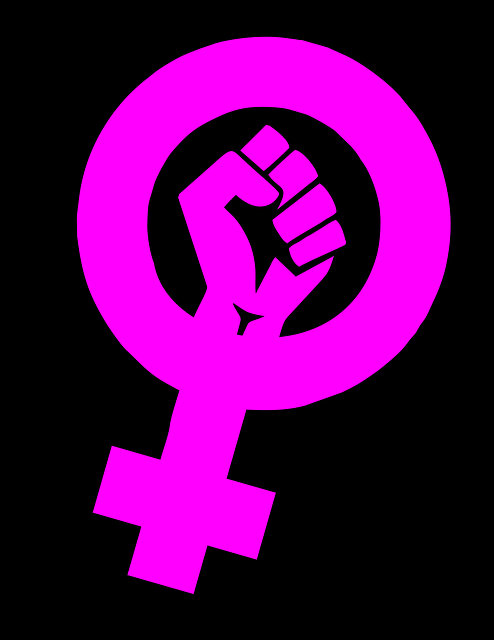
“Girls have outperformed boys, once again!” flashes on social media and news channels, all across Jammu and Kashmir after the result of 10th and 12th grade examinations was announced in the state earlier this year. However, it is noteworthy that as these girls start attending college and university, their numbers gradually decrease. From a numerical perspective, the count of girls decreases. The situation changes as they progress from school to graduate classes, and the number of girls enrolling for higher education declines rapidly. A prime example of this is the Manganad village in the Poonch district of Jammu and Kashmir. Up to the tenth grade, the number of girls attending the school is visibly high. However, this number starts to decline in the twelfth grade, and at the graduate level, the percentage of girls remains as low as 5 to 10%.
In Jammu and Kashmir, female literacy rate is low and stands at 58 %. The rural female literacy rate in J&K is 53% to 70 % for urban females which earlier in the Census of 2001 was 37% at rural and 62% at the urban level, respectively. Despite being a short distance from the district headquarters in the village of Manganad in Jammu and Kashmir, most girls in this village receive education only up to the secondary level. According to a social worker from the region, Sukhchain Lal, the people in the village are solely concerned about their daughters’ marriages. “They think very little about providing good education to their daughters,” the resident of Manganaad added.
The COVID-19 pandemic has also brought to light the issue violence against women and girls, and exposed deep structural inequalities, reversed decades of progress on women’s participation in the labor market, raised the number of women living in extreme poverty, and increased the burden of unpaid care and domestic work, all of which exacerbates the risk factors and drivers of violence against women and girls. It is also noted that 6% of women report that they have been subjected to sexual violence from someone other than their husband or partner. However, considering the stigma related to this form of violence, the true prevalence of non-partner sexual violence is likely to be much higher, fifteen million adolescent girls worldwide, aged 15–19 years, have experienced forced sex.
Women’s bodies are still used as a tool against them. In India, rape is the fourth most significant crime against women. According to the National Crime Records Bureau (NCRB) 2021 annual report, there were 32000 reported cases of rape across the country. Averaging at re 86 cases every day. Approximately 90% of these rape cases involved victims who knew the perpetrators. The national crime data from 2016 also highlights 700,000 (one in three) cases of domestic violence. According to the law, any act causing harm to a woman or endangering her life, both physically and mentally, is considered a crime. The National Commission for Women (NCW) allows women to file complaints related to domestic violence. Complaints can be registered online through their website at ncwapps.nic.in.
The United Nations recognized International Day of the Girl Child on December 19, 2011. The General Assembly marked this day as a reminder of the struggles of young women worldwide. Globally, almost one in three women have been subjected to physical and/or sexual intimate partner violence, non-partner sexual violence, or both at least once in their life (30 per cent of women aged 15 and older), according to the UN website.
In 2023, a day commemorating the struggles faced by young girls all over the world seems bleak. Perhaps one needs a new day – “International Day of the Girl Child and 101 other issues”, or a refresher on an old one- “International Day of the Girl Child and have we forgotten about it?”
Bharati Devi is Charkha’s Volunteer Trainer from the border district of Poonch, Jammu and Kashmir.
Charkha Features















































